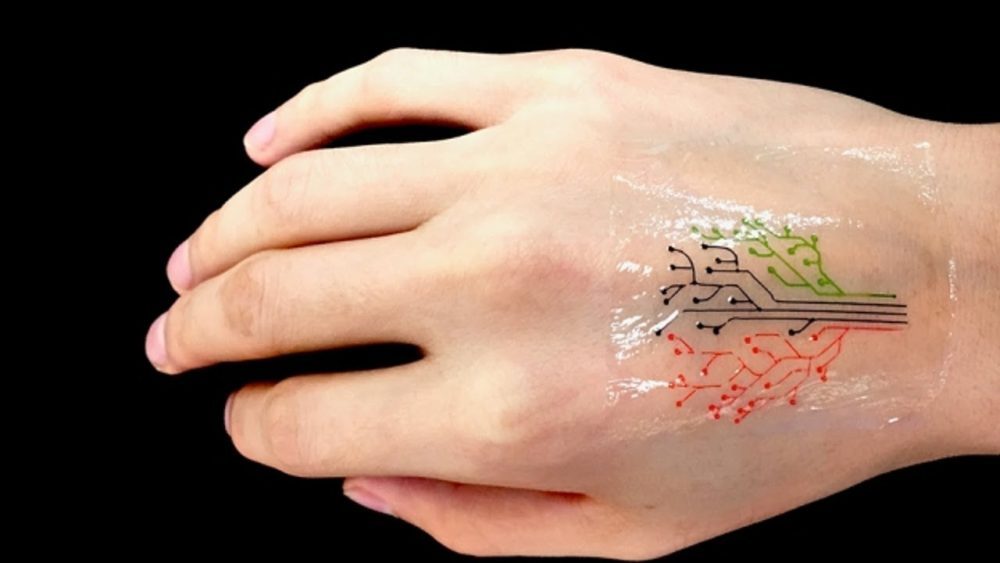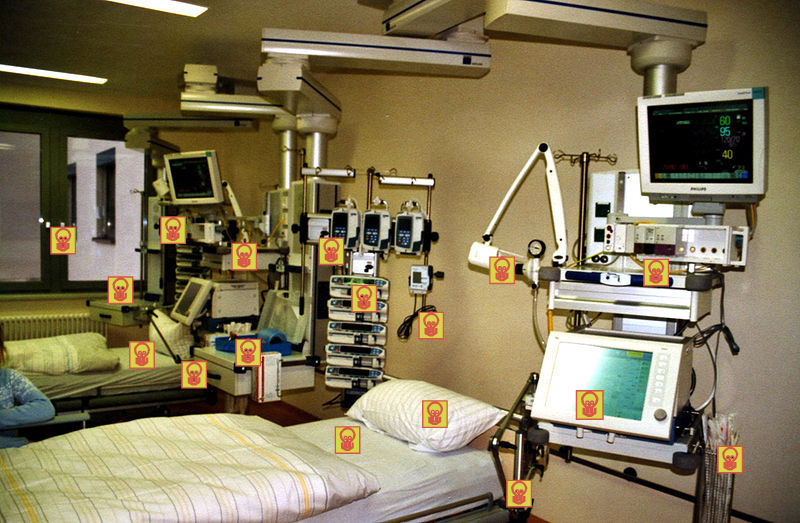A team of researchers at the Massachusetts Institute of Technology has unveiled a “living tattoo,” which was 3-D printed from genetically programmed living cells.
The tattoo looks like a thin, transparent stick-on patch in the shape of a tree, but it is patterned with live bacteria.
Technically, it is not an actual tattoo, as there’s no ink involved. It is made from a mixture of engineered bacteria and hydrogel that is shot out of a 3-D printer. The hydrogel/bacteria mixture has the capability to sense and respond to stimuli.
The researchers say they can create wearable sensors and interactive displays using this technology.
Bacteria-loaded gel responds to different environmental stimuli and lights up when exposed to certain substances
Co-lead authors Xuanhe Zhao and Timothy Lu, said, “Such materials can be patterned with live cells engineered to sense environmental chemicals and pollutants as well as changes in pH and temperature.”
They tested the tattoo’s abilities by printing the hydrogel in a tree-like pattern, different sections of which contained bacteria sensitive to different types of chemicals. Then, they smeared those chemicals on a person’s skin and put the tree-shaped “living tattoo” on top. Once exposed to those chemicals, the corresponding sections of the tree lit up.







